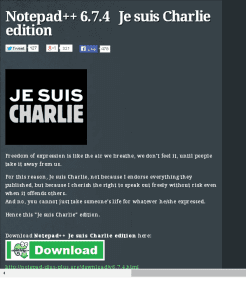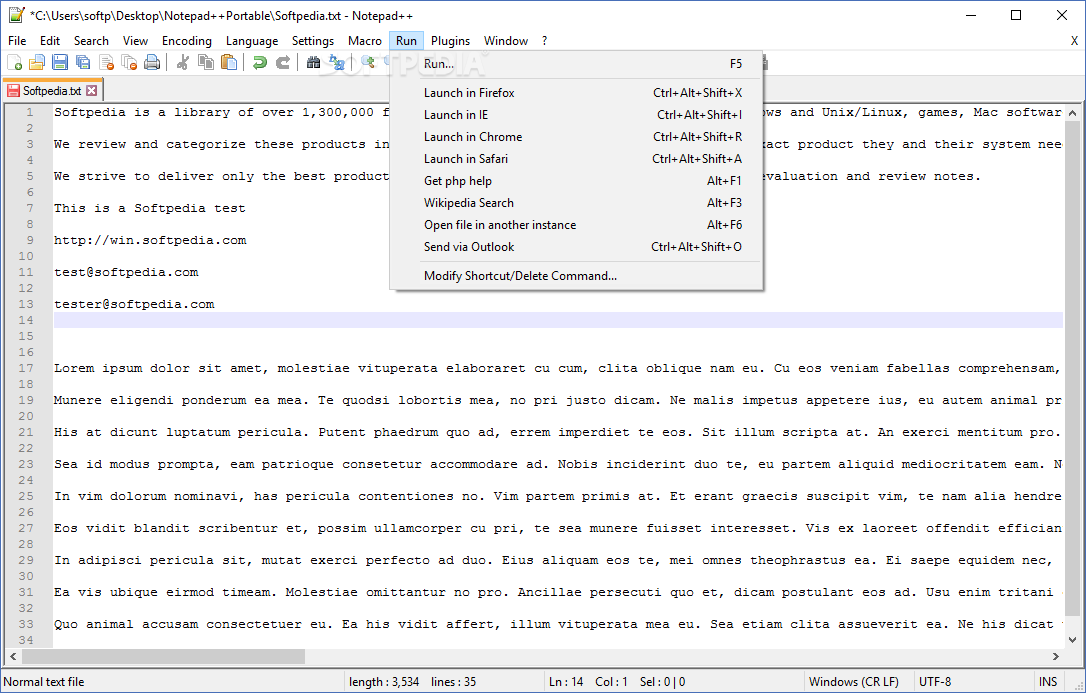
But managing VirtualBox machines is much easier. Running speed on both is roughly the same, with a slight advantage to Hyper-V. The shared clipboard between VM and host works wonders. In Hyper-V, for example, getting sound to work is a pain in the neck, but in VirtualBox it only takes a click in setup. I prefer VirtualBox over Hyper-V because it’s easy to control external devices. Version 5 brought long-awaited drag-and-drop support, making it easier to move files between VMs and host.

VirtualBox doesn’t quite match the performance or polish of the VMware and Parallels products, but it’s getting closer. The Oracle team is still getting the final Windows 10 bugs ironed out, but come to think of it, so is Microsoft.

With a major release published in July, Oracle’s open source VirtualBox - available for Windows, OS X, Linux, even Solaris -continues to give commercial counterparts VMware Workstation, VMware Fusion, Parallels Desktop, and Microsoft’s Hyper-V a hard run for their money.


 0 kommentar(er)
0 kommentar(er)
